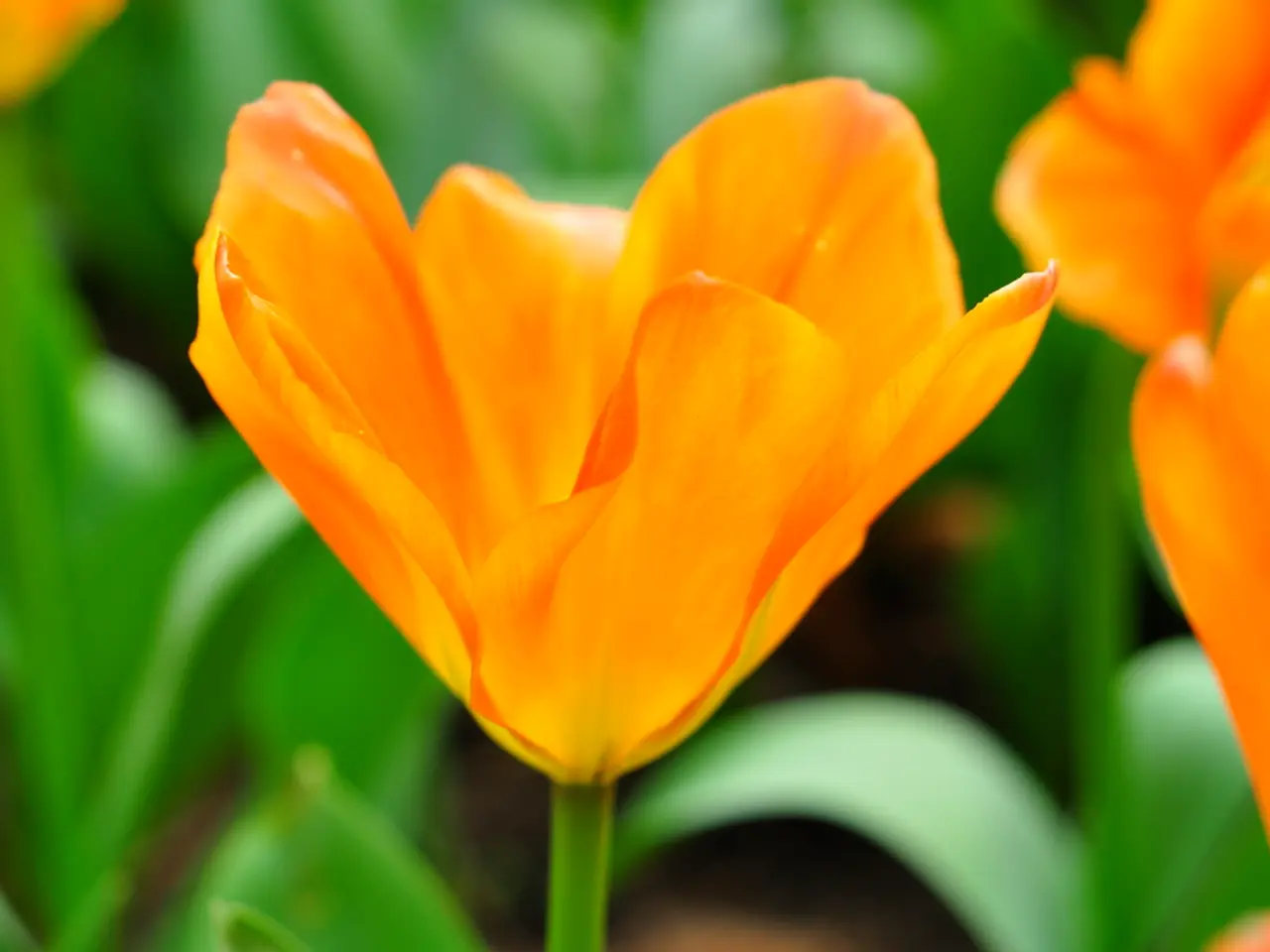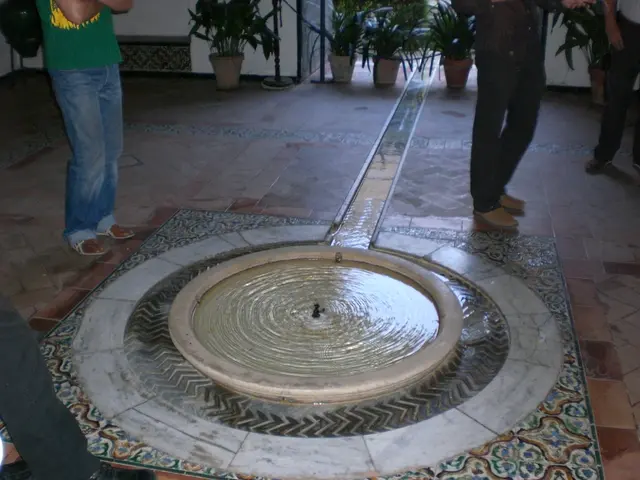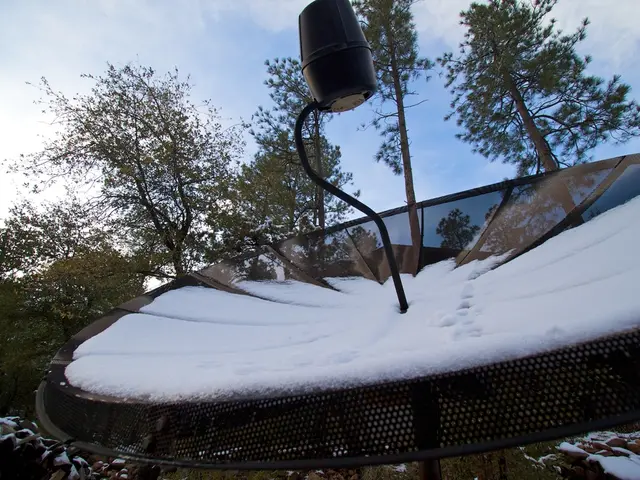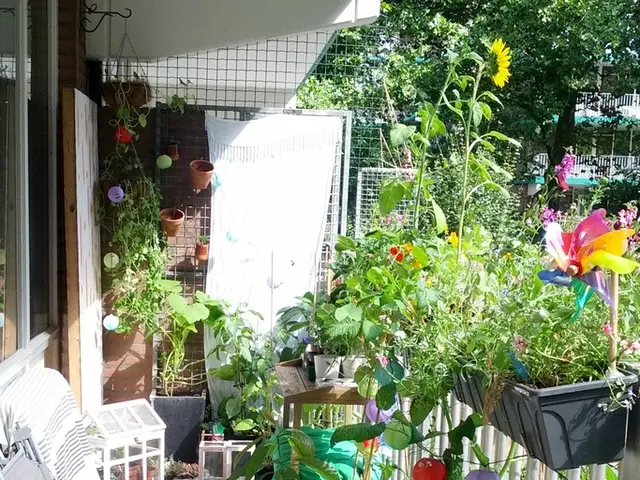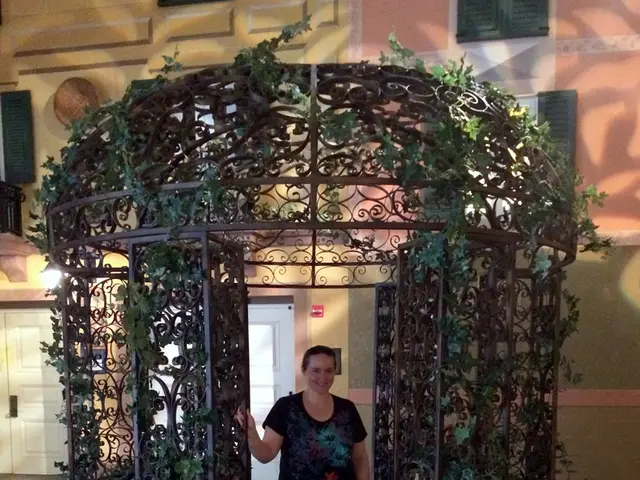July Pruning Essentials: 8 Plants to Prune Before Summer's End - Timeliness Matters for Summer Pruning
Summer is a crucial time for garden maintenance, and pruning plays a significant role in ensuring the health and vitality of your plants. Here's a comprehensive guide to summer pruning based on the latest horticultural advice, perfect for gardeners of all levels.
Mary Ellen Ellis, a gardening expert with over 20 years of experience, specialising in flowers, native plants, and herbs, shares her insights on summer pruning.
Wisteria, Rambling Roses, Lilac, Mock Orange, Boxwood, Walnut Trees, Prunus Trees (including cherry, plum, peach, and apricot), and Tomatoes all benefit from summer pruning, each in their unique ways.
Wisteria should be pruned after the vine has finished blooming, usually in June or early July, cutting back thin new shoots to about five buds to keep the vine tidy and manageable.
Rambling roses typically benefit from light pruning in summer just after flowering to remove old blooms and control growth, but major pruning is usually done in late winter or early spring.
Lilac shrubs should be pruned right after flowering is finished, usually early June. It’s important not to prune too late because lilacs set next year’s flower buds soon after blooming. Remove dead or diseased stems and trim younger stems back to an outward-facing bud for shape and fullness.
Mock orange shrubs are best pruned soon after flowering to maintain shape and encourage flowering next year.
Boxwood can be pruned in mid to late summer to maintain shape and remove any excessive growth.
Walnut trees are generally pruned when dormant in late winter or early spring, but pruning in summer is safer due to less sap bleeding, especially in colder weather.
Prunus trees (plums, peaches, nectarines, cherries, and apricots) should have light pruning done in summer to remove diseased, crossing, or overly vigorous shoots, but major pruning is typically done in late winter or early spring.
Tomatoes require regular summer pruning, known as "suckering," or removing the shoots that grow between the main stem and the leaf branches. This helps improve air circulation and fruit production during the growing season.
For those looking for the right tools for the job, a good pair of hedge trimmers, particularly a cordless power tool like Ryobi's 18V ONE+ 22" Hedge Trimmer Dual Action, is beneficial for pruning boxwood.
In summary, pruning in July can boost fruit production, especially for indeterminate tomatoes, improve airflow, and reduce the risk of disease for many plants. By following this summer pruning guide, you can ensure you prune in a way that encourages healthy growth and flowering or fruiting next season without stressing the plants.
References: [1] The Spruce, Lilac Pruning: When and How to Prune Lilacs,
Home-and-garden enthusiasts might find it interesting to know that various plants, such as Wisteria, Rambling Roses, Lilac, Mock Orange, Boxwood, Walnut Trees, Prunus Trees (including cherry, plum, peach, and apricot), and Tomatoes, all benefit from summer pruning. For example, Wisteria should be pruned after the vine has finished blooming, while Lilac shrubs should be pruned right after flowering is finished.
